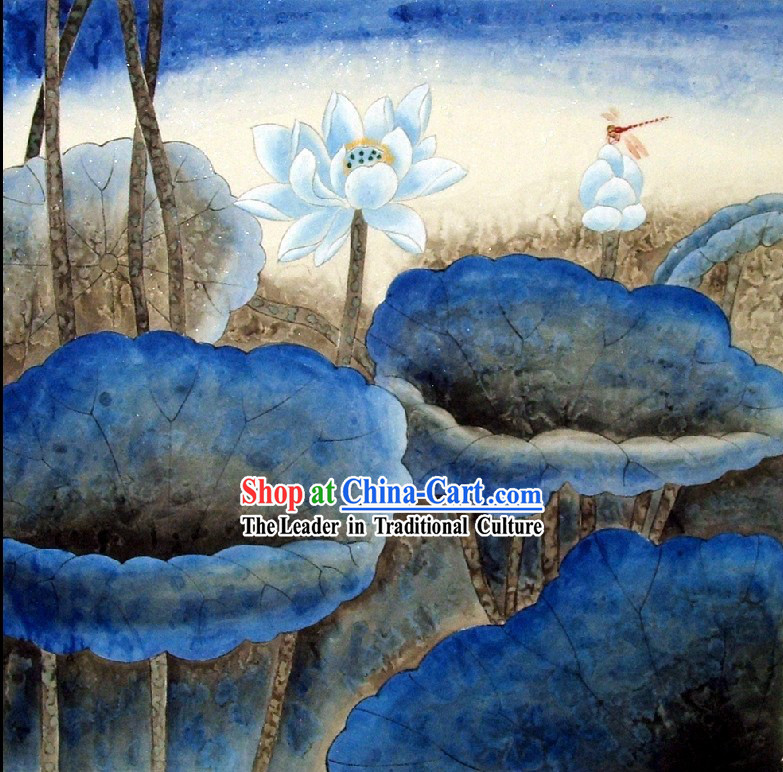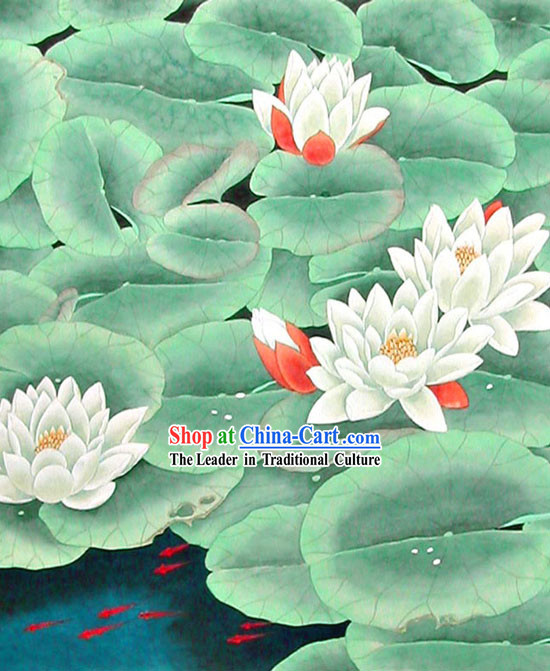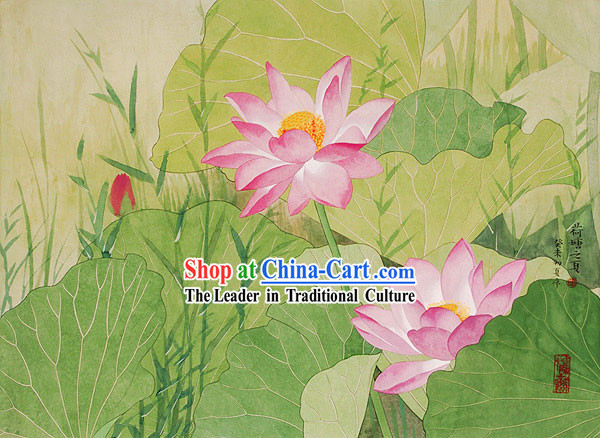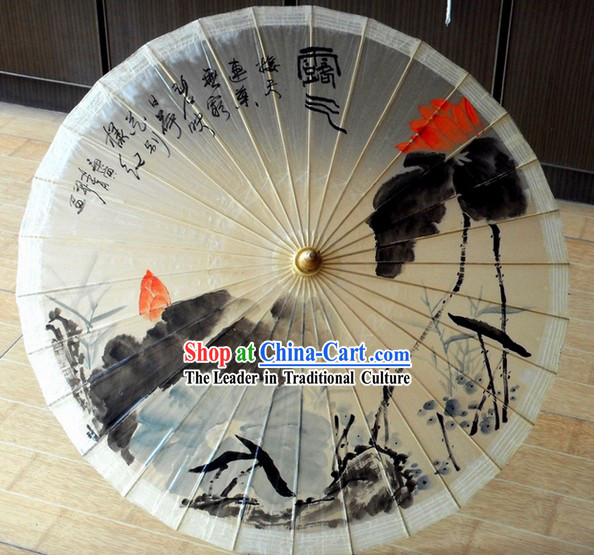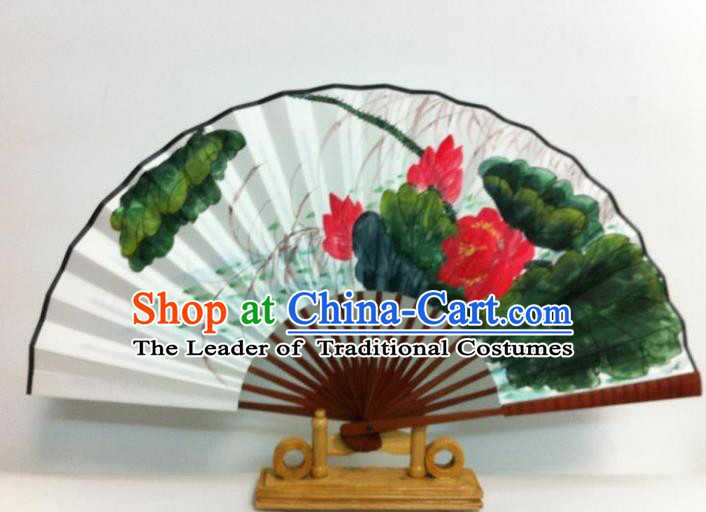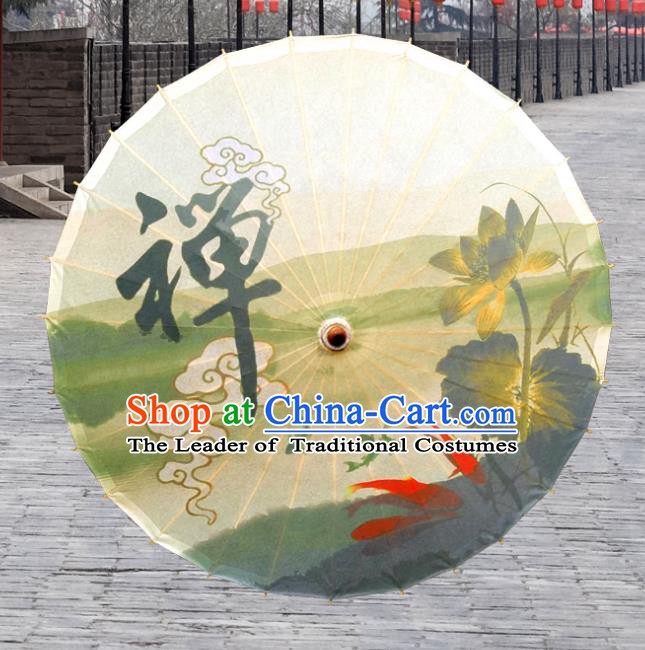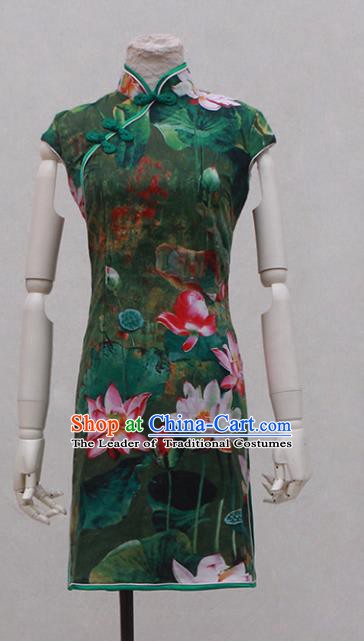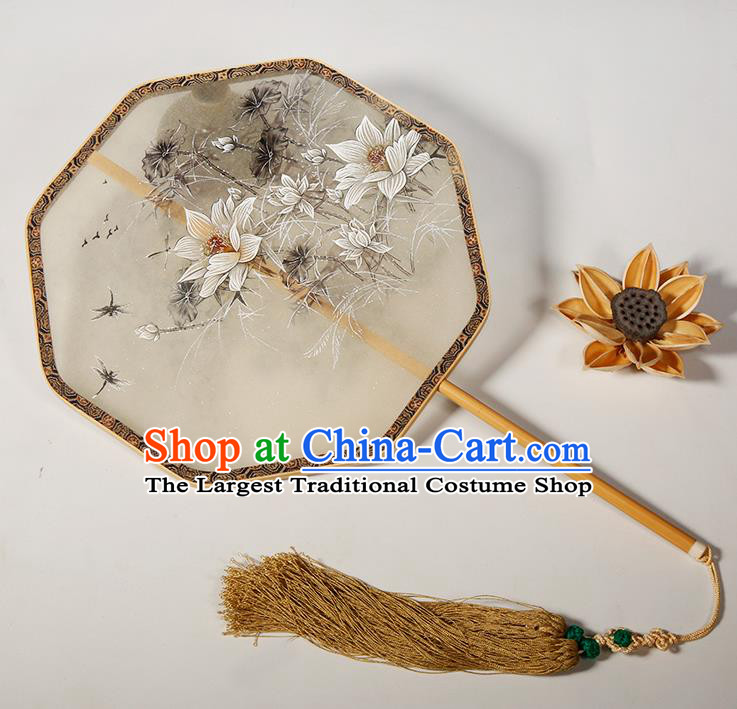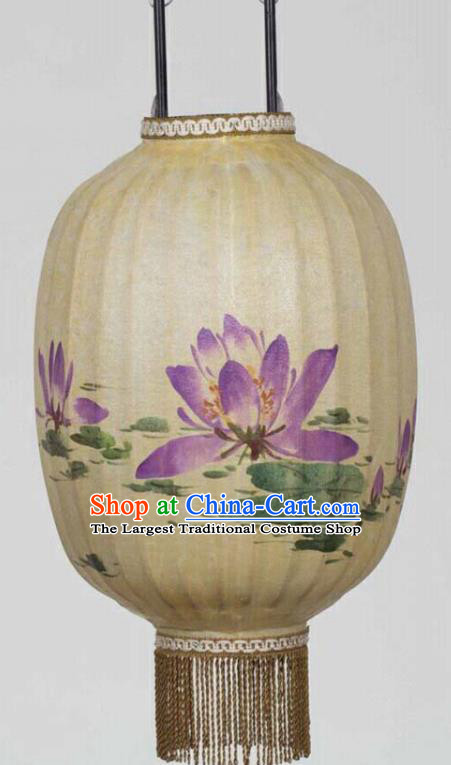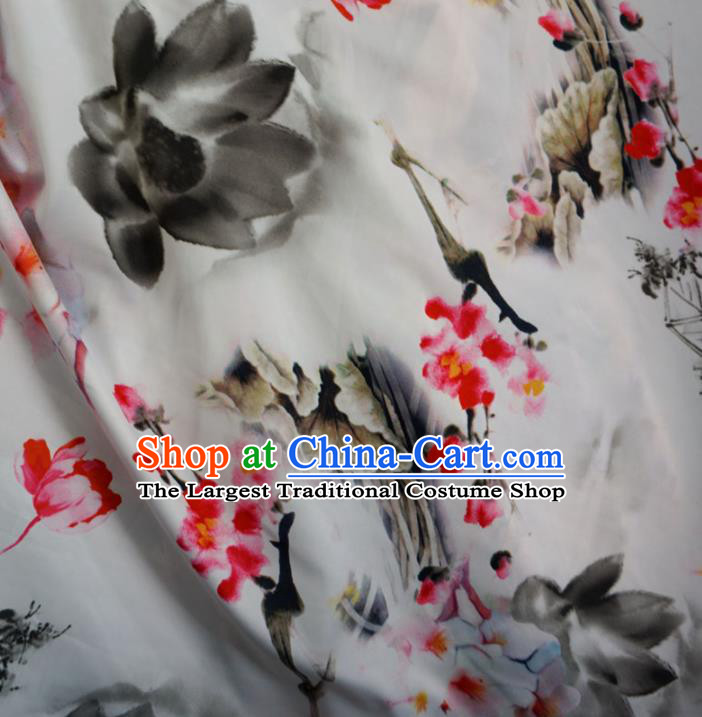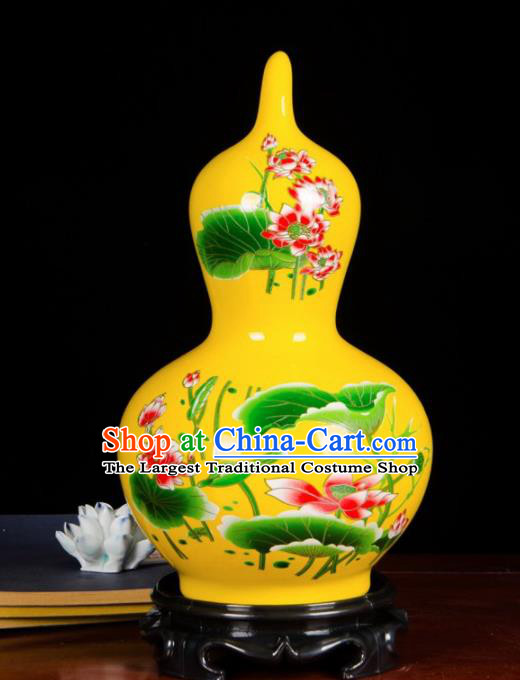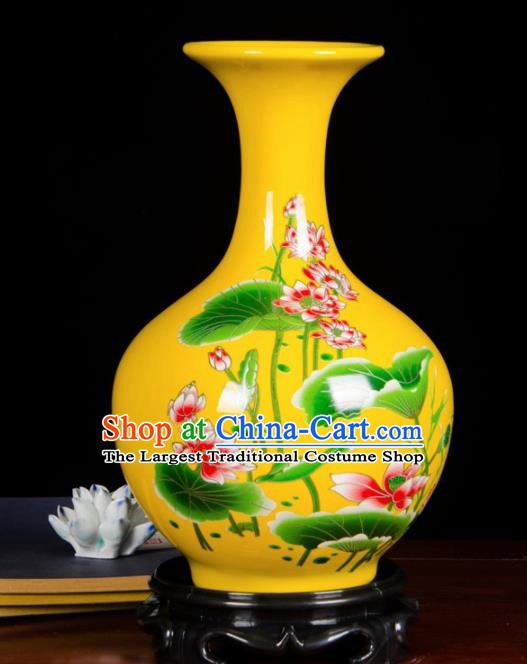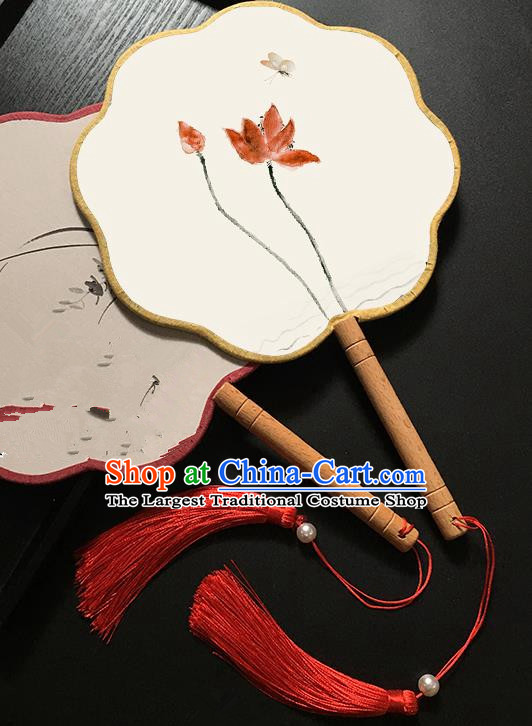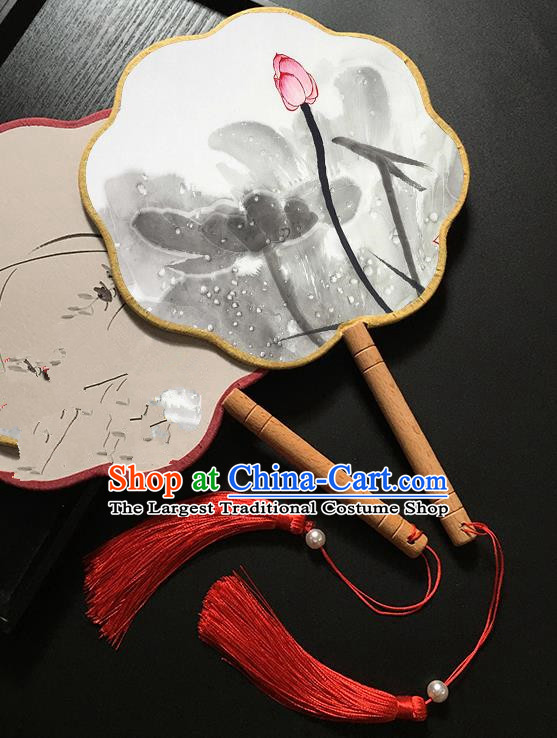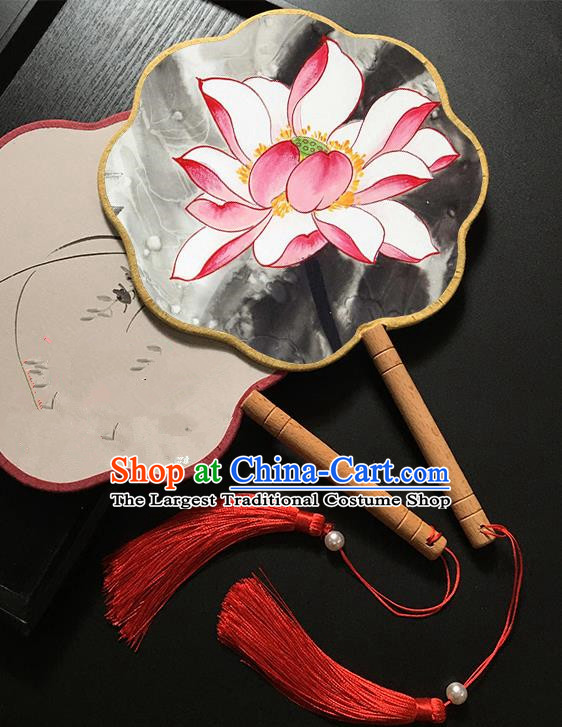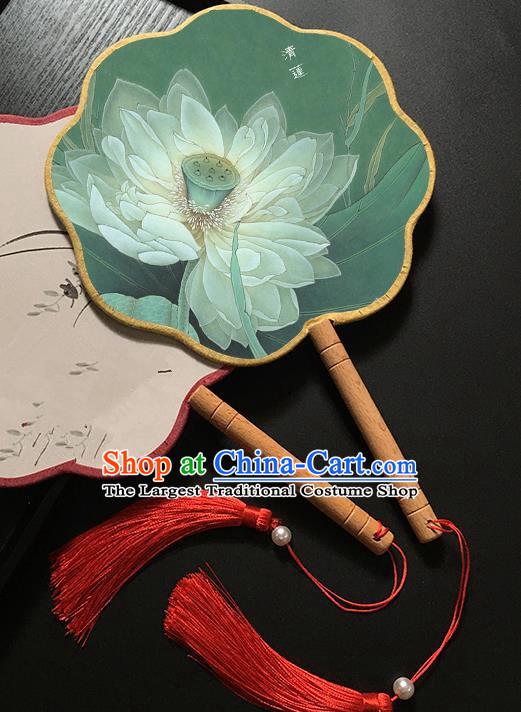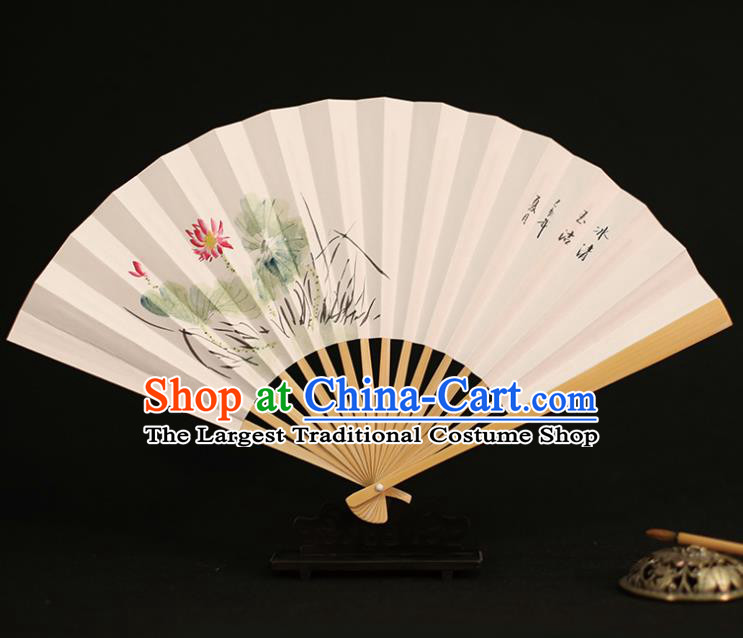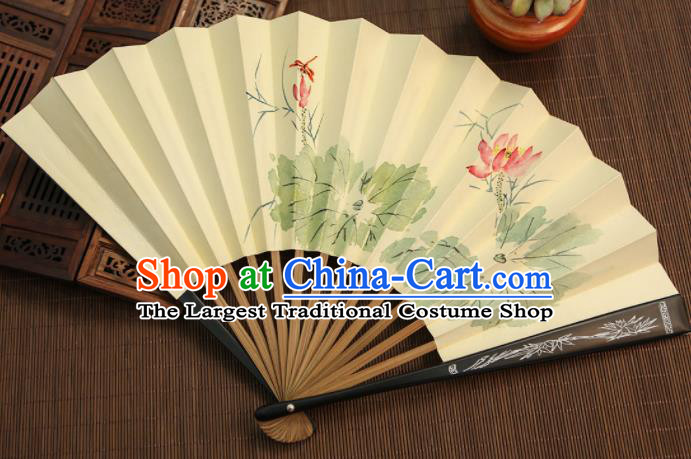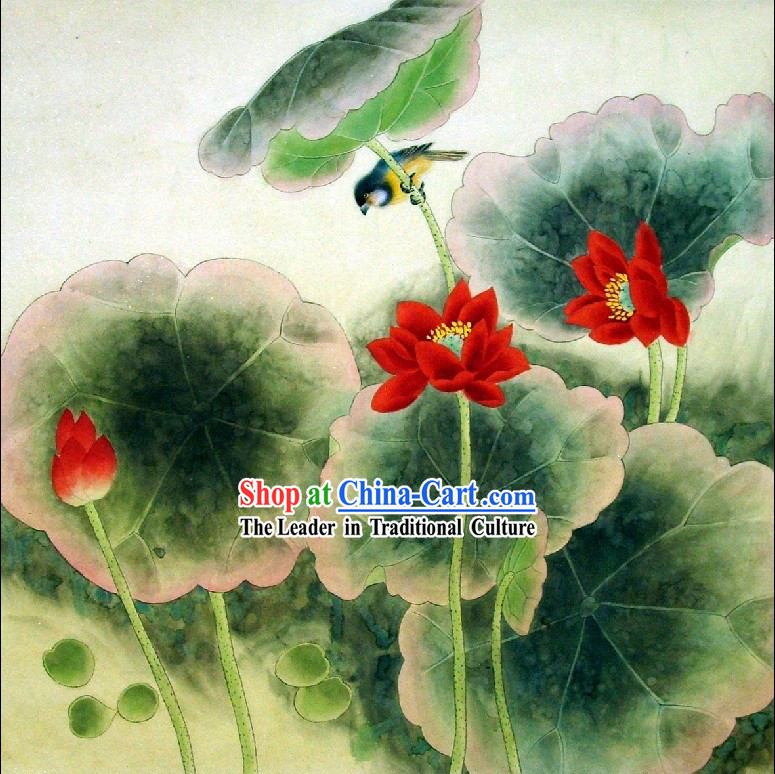
Click Related Pictures for More Audios:
The traditional Chinese lotus painting, with its unique artistic style and rich cultural connotations, has become one of the representatives of traditional Chinese painting.
These paintings usually take the lotus as their theme, showcasing the beauty and purity of the lotus through delicate brushstrokes and exquisite techniques.
In Chinese culture, the lotus symbolizes nobility, elegance, and good fortune, so it can be seen in many contexts.
These paintings are usually created using the ink wash technique, with a brush and ink.
The artists use different lines and colors to depict the shape and texture of the lotus.
Some paintings also incorporate other elements such as butterflies and bees to add liveliness and interest to the imagery.
These paintings are often hung indoors or outdoors for people to appreciate and enjoy.
In addition to being works of art, these paintings also have historical significance.
They record the development of traditional Chinese culture, reflecting changes in aesthetic concepts and technical skills over time.
At the same time, these paintings are also an important part of Chinese cultural heritage, with great value for studying traditional Chinese culture and art history.
In summary, traditional Chinese lotus paintings have become one of the representatives of traditional Chinese painting due to their unique artistic style and rich cultural connotations.
They are not only works of art but also cultural heritage, representing the pursuit of beauty and reverence for nature among the Chinese people.
